The 6600 block of South Union Avenue contains more sad-looking vacant lots and boarded-up homes than it does residents, but Asiaha Butler can’t help but get excited while talking about the large corner lot she now owns across the street from her home.
It wasn’t just the $1 purchase price that has Butler smiling. It’s the “bodacious” ideas, as her husband calls them, that she has for the deep lot that is also next door to a three-flat she owns. Now home to a fire hydrant, dead weeds and garbage, she envisions turning the property into a communal space for her tenants, with concrete benches, grills, and a small dog park.
“One thing my husband said was out of the question was a pond,” Butler said. “I know I can’t trick it out in one summer. First I want to get it gated up and cleaned and get some people to test the soil. Hopefully, I’m a pioneer.”
Since last year, the city of Chicago has been on the hunt for community-minded property owners like Butler who like a bargain and want to improve their decayed neighborhoods, as the city tries to rid itself of the maintenance costs of almost 13,500 vacant, city-owned lots. More than 9,000 of these are zoned for residential use, and the city would like to get them back on the property tax rolls.
The large lots program started with just over 4,000 lots offered in the Englewood area. The city received 416 applications. Up to two lots are available per application. In late 2014, 298 lots were sold.
In East Garfield Park, the city is sifting through 319 applications for 417 lots. Applications are being accepted until Jan. 30 for 248 lots in Austin. There is no fee to apply, and the application can be completed online.
“I think we can declare it successful now,” said Andrew Mooney, the city’s commissioner of planning and development. “The reaction we got to it in several neighborhoods where we started has been greater than we expected.”
For the time being, those interests largely involve fencing the lots, if required, and making them into green space or community gardens. The initiative is considered part of the city’s five-year housing plan to create, improve and preserve more than 41,000 units of housing, but Mooney acknowledges that the idea of adding housing to those lots is a long-term goal.
The large lots program is open to property owners and nonprofits, including block clubs, that own property on the same block as the city-owned vacant lots zoned for residential use. The program was born of community planning meetings in Englewood.
Neighborhood groups in selected communities are eager to work with buyers to improve blocks for both current and future residents.
“There are a lot of residents who have maintained lots for decades,” said Mike Tomas, executive director of the Garfield Park Community Council. “I would just hope this program would help people who are already in the neighborhood stay in the neighborhood and attract other people to the neighborhood. A house that has an adjacent lot may be a selling point.”
At some point the program will reach North Lawndale, where the city owns many vacant lots. But Mooney said it hasn’t been decided which neighborhoods will be included this year.
The $1 price tag is a good marketing pitch, but aldermen and community groups are making sure prospective buyers understand they must fence the lot if it is not adjacent to their own, maintain it and pay property taxes, which will run several hundred dollars annually. Buyers are allowed to sell the lots after five years.
In some cases, lotteries were held after residents submitted applications for the same lot. In other cases, applications were turned down because an alderman has a different vision for it, Mooney said.
Butler, president of the Resident Association of Greater Englewood, isn’t aware of other lot buyers on her block.
She likes that her purchase gives her more control in a neighborhood her family has called home for generations. Her grandparents lived a few blocks away, and Butler met her husband in Englewood. When the couple were searching for a house to buy, they considered the suburbs but bought in Englewood.
This winter, she can look out her picture window and make her plans. She acknowledged that some people may build on their lots. But Butler has other ideas. “I’m into art so I’d like some sculptures and installations there.”
Source: Chicago Tribune





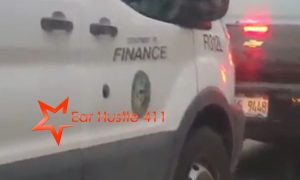









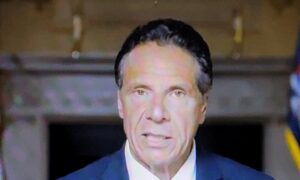









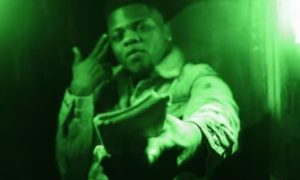



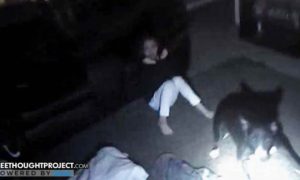







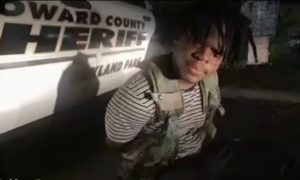





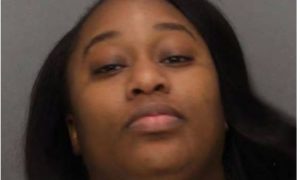





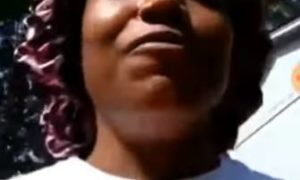







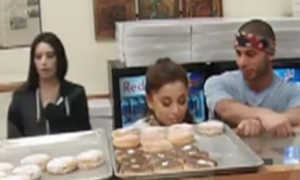





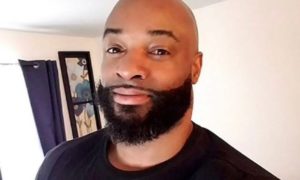









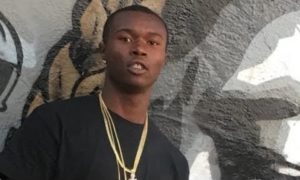

























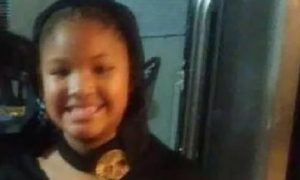







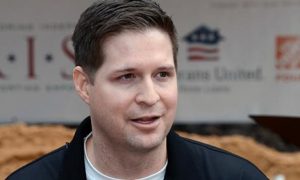





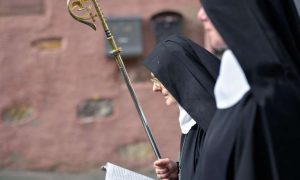





































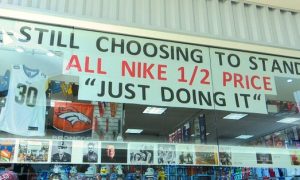

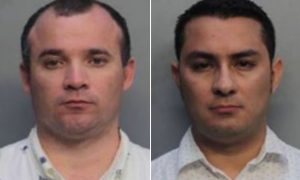



















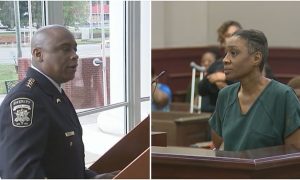





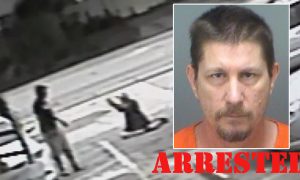

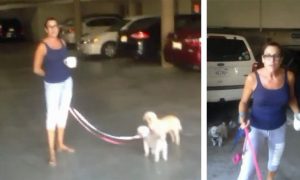

























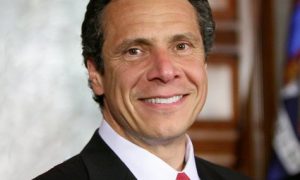

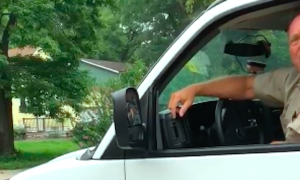





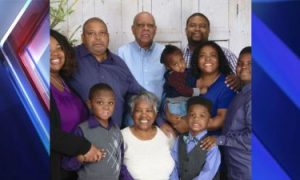

























![[Video] Chicago Police Officers Caught On Video Telling Two Black Men "We Kill Mother F**kers"](https://earhustle411.com/wp-content/uploads/2018/07/evil-cop-3-300x180.jpg)
![[Video] Chicago Police Officers Caught On Video Telling Two Black Men "We Kill Mother F**kers"](https://earhustle411.com/wp-content/uploads/2018/07/evil-cop-3-80x80.jpg)
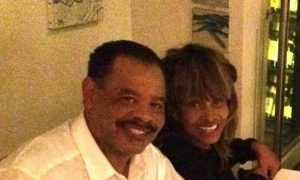











![[Video] White Woman Calls The Cops On Black Real Estate Investor, Cops Threaten To Arrest Her For Harassing Him](https://earhustle411.com/wp-content/uploads/2018/05/nosy-neighbor-300x180.png)
![[Video] White Woman Calls The Cops On Black Real Estate Investor, Cops Threaten To Arrest Her For Harassing Him](https://earhustle411.com/wp-content/uploads/2018/05/nosy-neighbor-80x80.png)


![White Scientist Says The Black Community Is Being Targeted By The Medical System, They Are Deliberatly Being Poisoned [Video]](https://earhustle411.com/wp-content/uploads/2016/05/mike-adams-300x180.jpg)
![White Scientist Says The Black Community Is Being Targeted By The Medical System, They Are Deliberatly Being Poisoned [Video]](https://earhustle411.com/wp-content/uploads/2016/05/mike-adams-80x80.jpg)








![Teenage Girl Shot In Her Stomach Three Times But Took Time To Post To Facebook [ Video]](https://earhustle411.com/wp-content/uploads/2016/02/Gangster-chick-300x180.jpg)
![Teenage Girl Shot In Her Stomach Three Times But Took Time To Post To Facebook [ Video]](https://earhustle411.com/wp-content/uploads/2016/02/Gangster-chick-80x80.jpg)





